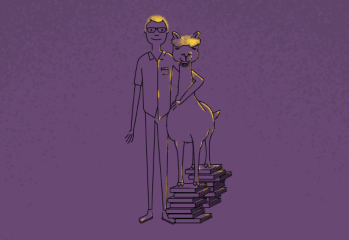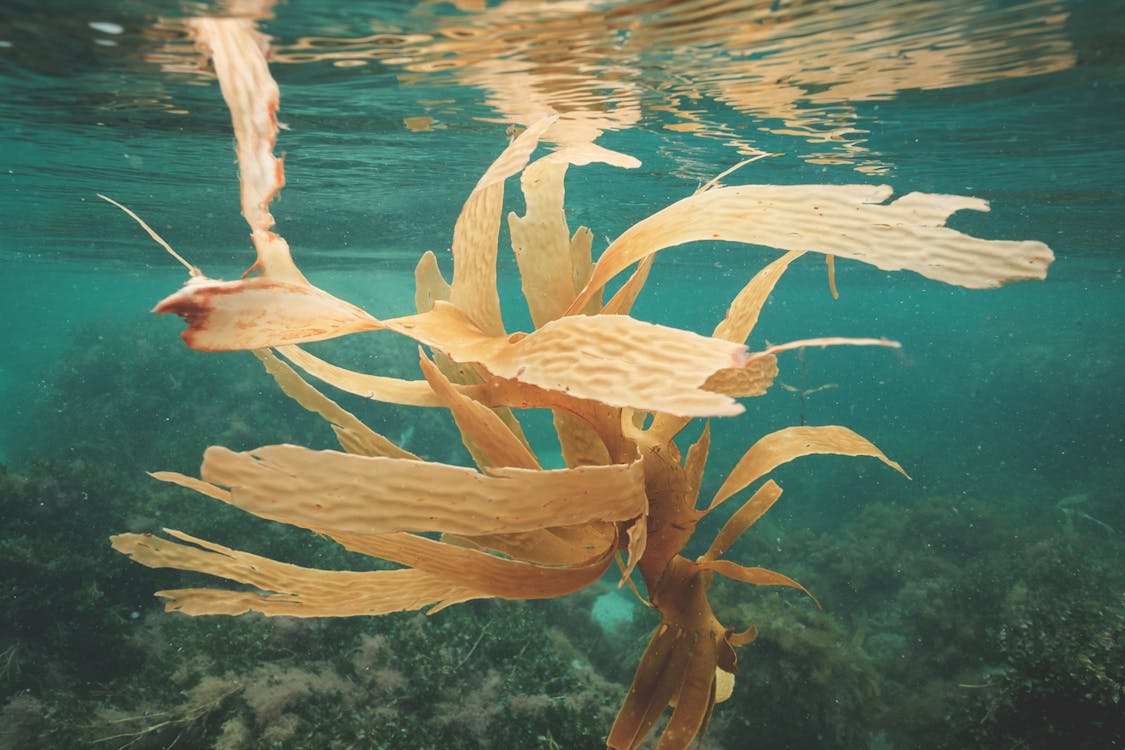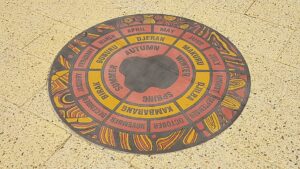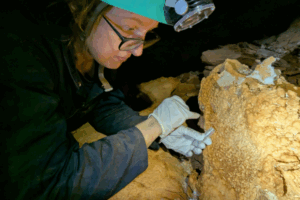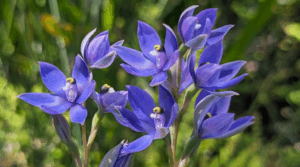Seaweed is the name for all marine plants and algae – from microscopic organisms to vast forests.
Found in oceans, lakes, rivers and other bodies of water, seaweed is broadly classified into three types, identified by colour.
Green algae (Chlorophyta) are often bright green and found in sunny, shallow water.
Brown algae (Phaeophyta) are found in deeper waters and include kelp and other large varieties.
Red algae (Rhodophyta) are found in even deeper waters.
Seaweed aquaculture is the practice of farming seaweed in controlled environments.
It is gaining attention for its capacity to support a range of industries, from nutrition and pharmaceuticals to biofuels and sustainable plastics.
Regenerative aquaculture is an essential piece of this puzzle and focuses on restoring and regenerating marine ecosystems.

AN ECO SUPERPOWER
Seaweed could be a powerful force in combating the climate crisis.
Not only does seaweed absorb and store carbon dioxide through photosynthesis, it does so at an extremely rapid rate because it grows so quickly. Seaweed can grow up to 60 centimetres per day!
This absorption extends to nitrogen, phosphorus and heavy metals. This reduces the harmful effects of nutrient overload in the ocean, which can lead to algal blooms and ecosystem degradation.
Marine ecologist and academic Dr Alexandra Campbell is the co-founder and co-lead of the Seaweed Research Group at the University of the Sunshine Coast.
“Seaweed strips nutrients which are often problematically highly concentrated in urban areas in particular or places that receive run-off from cities, like sewage treatment plants or industrial waste,” Alexandra says.
“It’s great at mopping things up out of the water.”
Seaweed is also a vital part of marine biodiversity.
With many ocean dwellers reliant on seaweed forests for their habitat, its presence is essential to a thriving marine ecosystem.
SEAWEED’S ROLE BEYOND THE OCEAN
In recent years, one of the most exciting seaweed developments is its potential as a biofuel.
Seaweed can be converted into a clean, renewable energy source, which could help reduce our reliance on fossil fuels.
With concerns over the environmental impact of oil and gas industries, biofuels derived from seaweed are a crucial step towards a more sustainable future.
Seaweed can also be processed to be used as a biodegradable alternative to plastics.
Creating sustainable packaging and materials from seaweed will be a game changer.

PARDON ME
The agriculture sector is also seeing the benefits of seaweed.
The largest agricultural greenhouse gas emissions come from cows emitting methane.
The use of the seaweed species Asparagopsis in feeding cows could significantly reduce methane emissions – a massive advancement in tackling the climate crisis.
“You can grind it up and put it into cattle feed in a small amount and it stops the archaea in their gut from producing methane,” says Alexandra.
“There’s lots of people around the world, including in Australia and WA, trying to grow enough to feed cows to have a meaningful impact on greenhouse gas emissions through livestock.”
A BOOMING INDUSTRY
Commercial seaweed is the largest economic aquacultural crop in the world, growing into a $16.7 billion dollar industry over the past few decades.
While 98% of the industry exists in Asia, it’s rapidly expanding in Australia, where seaweed aquaculture is still in its early stages but showing great promise.
As the demand for sustainable and eco-friendly products grows, the seaweed industry is poised to become a significant economic driver, creating jobs, supporting coastal communities and providing a viable income for those involved in the farming and harvesting processes.
DID SOMEONE SAY SUPERFOOD?
Not only is seaweed an environmental and economic win, it’s also a nutritional powerhouse.
Seaweed is packed with vitamins, minerals and fibre. It’s rich in iodine, calcium and iron, which helps support thyroid function and heart health and aids digestion.
Seaweed has long been a staple in the diets of coastal communities, particularly in Asia, and the health benefits are particularly noted in those regions.

TOO GOOD TO BE TRUE?
As with any emerging industry, seaweed farming faces challenges.
Disease can threaten farmed and wild seaweed, particularly because the types of seaweed used in farming are a select few and “low genetic diversity equals high disease risk”, notes Alexandra.
She also points out that farming isn’t easy. “Doing anything in the ocean is a million times harder than doing that thing on the land.”
Currently in Australia, the cost of producing biodegradable plastics and biofuels from seaweed is higher than the price point to sell them, which is a barrier to their production.
Although seaweed farms don’t require pesticides or fertilisers, some farmers may use plastic bottles or floats for their seaweed crops, and this can further pollute the ocean if not disposed of responsibly.
The carbon absorbed by seaweed may not necessarily stay stored and could end up in the atmosphere again.
Where seaweed is eaten by sea animals that respire, they cycle that carbon back out into the atmosphere, says Alexandra.
And where seaweed’s made into biochar or sinks to the ocean floor, it is sequestered, but otherwise to say that seaweed is the solution for carbon sequestration in the long run is misleading.
SEEKING KELP
With the right investment, research and government support, seaweed could become a key player in resolving some of our most pressing environmental, economic and health challenges.
Alexandra says there is much to learn about seaweed.
“There’s about 10,000 different species of seaweeds, and we know nothing about most of them,” she says.
Imagine all the discoveries to be made and the potential to unlock more solutions for the planet.
